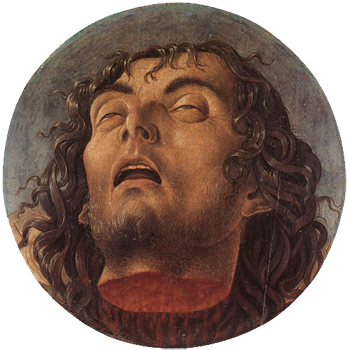The other day, in a chat with several someones, I stated, “Artists are not interested in games.” As with any blanket statement it cannot be entirely true. Upon reconsideration I think it’s more accurate to say “Artists are not interested in the games industry.” For that is something that will drive all but the most iron-stomached away. I do think many artists can see video games as a worthwhile medium… just not many of them do.
Someone mentioned to me last week, as an example of an artist made game, this work by Mel Chin called KNOWMAD in which one must navigate roads contrived from patterns found in Turkish carpets. I believe the ultimate prize is to find a promegranate.
He says in an interview with ART 21
ART:21: How did “KNOWMAD” evolve?
CHIN: I was interested in the maps that are not written down but created in the mind. And where do they occur? In contemporary culture, they occur with eleven year-olds, ten year-olds, playing video games and winning or getting the prizes or whatever they do, slashing or slaying the beast. And they memorize their path because that’s the one way—it’s the start of memory—and that intrigued me. How can we create this kind of mapping? I’ve been interested in arcade games and in all these things, not necessarily as a player, and not necessarily as one who participates in that, but as it has a profound effect on culture. How do ideas survive in culture? Not necessarily my ideas or anybody’s ideas, but how do ideas stay around long enough to have a conversation? From a conceptual standpoint, I’m interested in that. And knowing that video games probably equal or better Hollywood in their volume of intake of money shows you how much influence it have in the world. And then where is the art? Where is the cultural aspect involved with it?

Interactive video installation with Playstation, vintage carpets and fabric tent, dimensions variable

Last week, when we were asked in a room full of people if there were any progenitors to what we are doing, we didn’t have an answer. I believe we simply shook our heads and said sheepishly “No, there is no one doing what we are doing… There has never been anyone doing what we are doing.” Well, not in the way we are doing it. Put over-simply, some sort of art and video game hybrid with more emphasis on the art than the game.
Again, not _exactly right. Difficult being put on the spot on a subject like that.
We were taken aside after the talk by a performance artist/gamer who told us we need to know about Kenji Eno and his WARP development studio. Apparently we also needed to have a look at D, Enemy Zero, and D2. Sega Saturn and Dreamcast games… youtube will have to do.
A little search yields this fascinating interview
Kenji Eno: I want to go back a little bit and explain a little. Originally, I was an observer more than a game creator, like someone who was looking at the game industry from the outside. That’s why I had all of these different, crazy ideas — like creating a game without visuals. I had all of these kinds of ideas because I was seeing the game industry from the outside. But around the time of D2, I felt like I was getting too close to the inside; I felt like I was turning into a normal game creator. Before, I was more like a producer, trying to look at everything from the outside, you know, like, “This might be fun, this might be interesting, and it might make an impact on people.” And I didn’t like going to any game-related gatherings or anything like that because I was trying to distance myself from it. D2 was a fun game, and the story was crazy and all that, but I still think that it’s a normal game, and I was noticing that it was a normal game. So I wanted to distance myself again so I could be the person outside of game industry so I would be able to create fresh games again. So the reason I stopped creating games was because I wanted to create games again from the outside.
and this history lesson from GameSetWatch. Hard to tell from video, of course, but in every case, cutscenes seem to dominate them. Maybe it was just how things were done then. Enemy Zero looks particularly promising, a game wher eyou must fight/avaoid an en enemy you cannot see, only hear. Aside from all the unfortunate first-person shooteriness there is a soundtrack by Michael Nyman(!) and animations by *gasp* Fumito Ueda.
To recap some things which need to be kept clear (as possible)
* “Doesn’t matter if it is a game or not so long as you enjoy it.” Tattoo it on your inner eyelids kids.
* Interactive art and games have plenty of overlapping concerns.
* Video games differentiate themselves from traditional games (chess, go, hide & seek etc.) by virtue of what they can offer that traditional games cannot. immersion, interaction with a virtual system, networks, realtime/alt-time/non-time (non-linearity etc.), multimedia.






